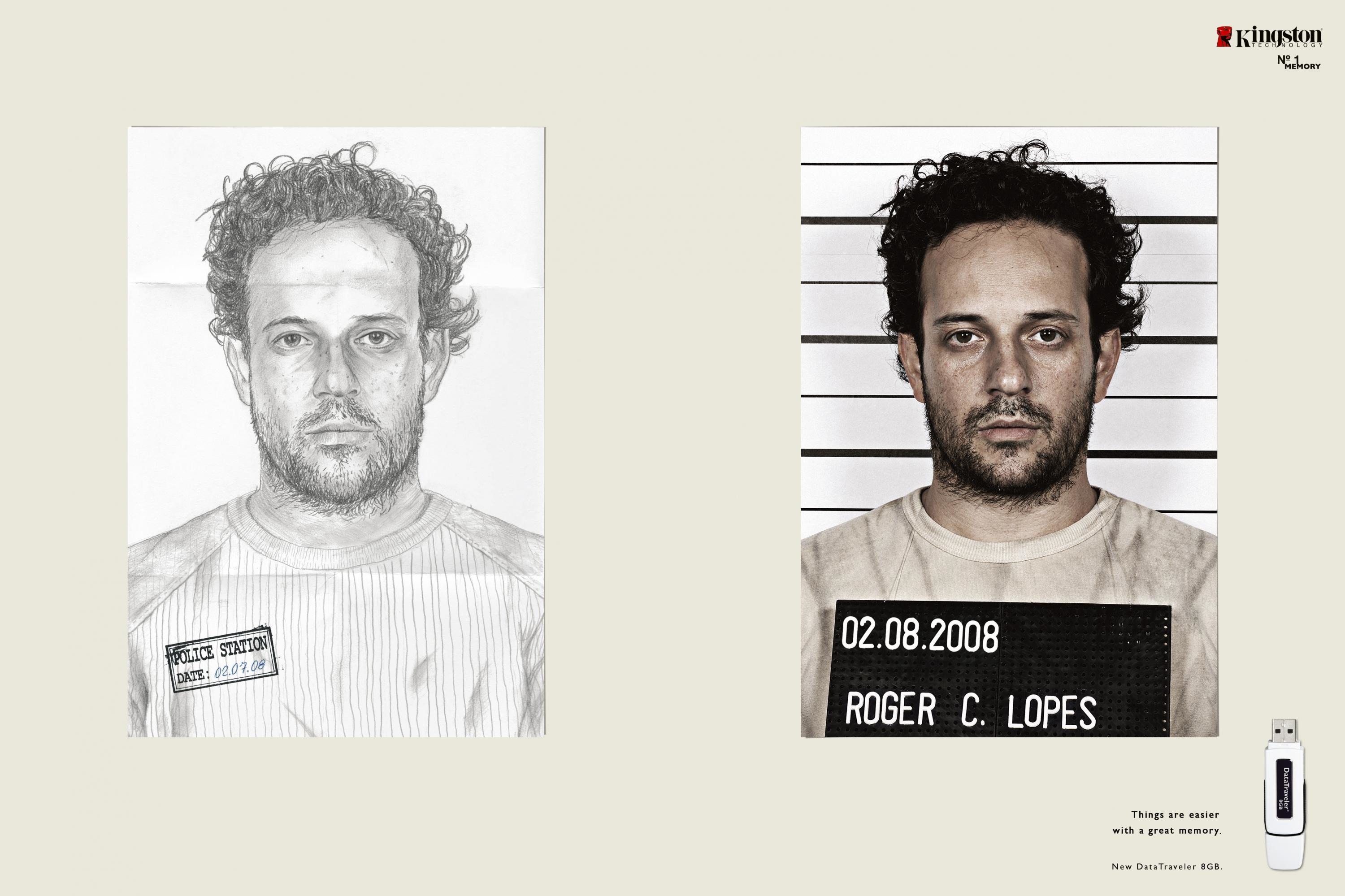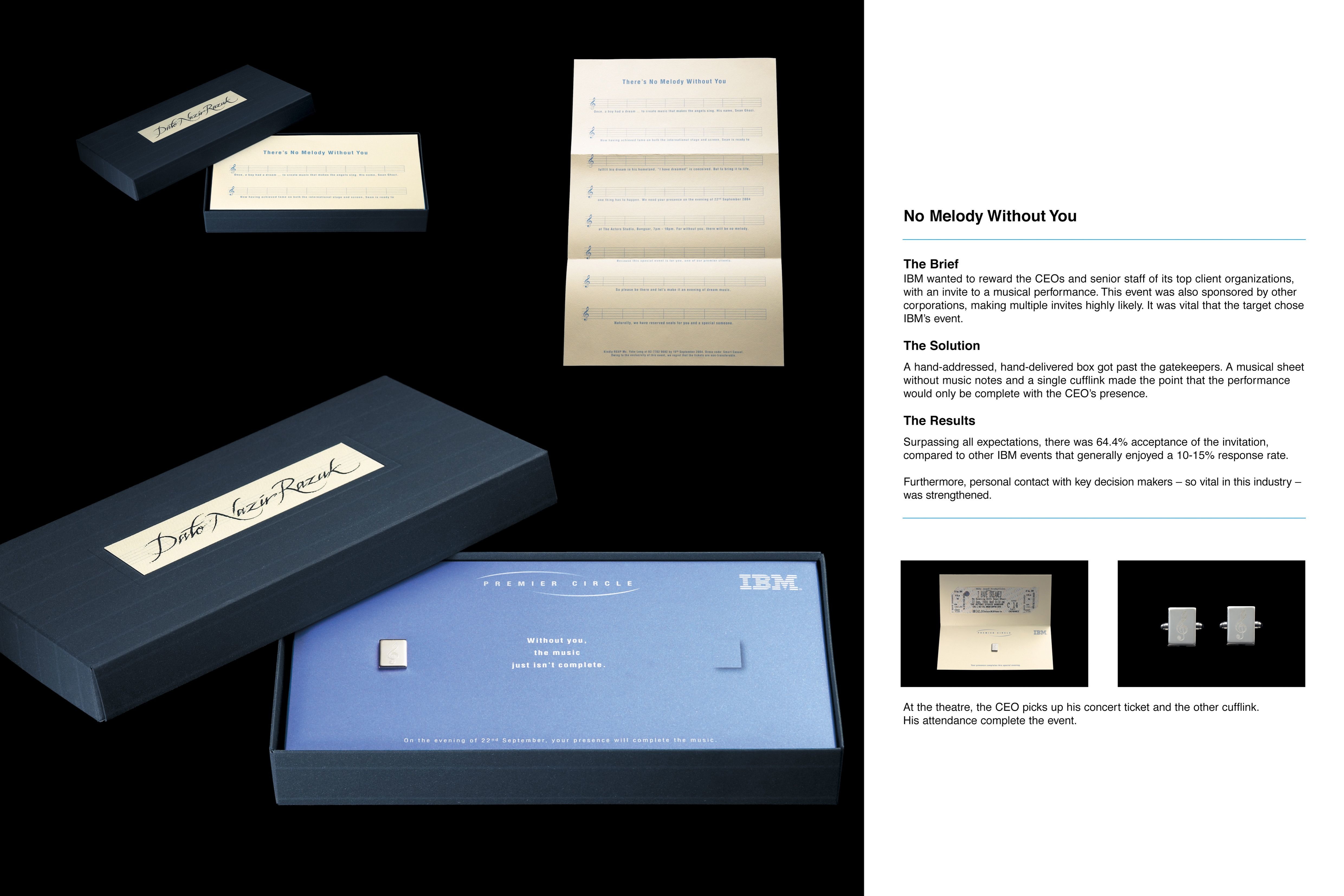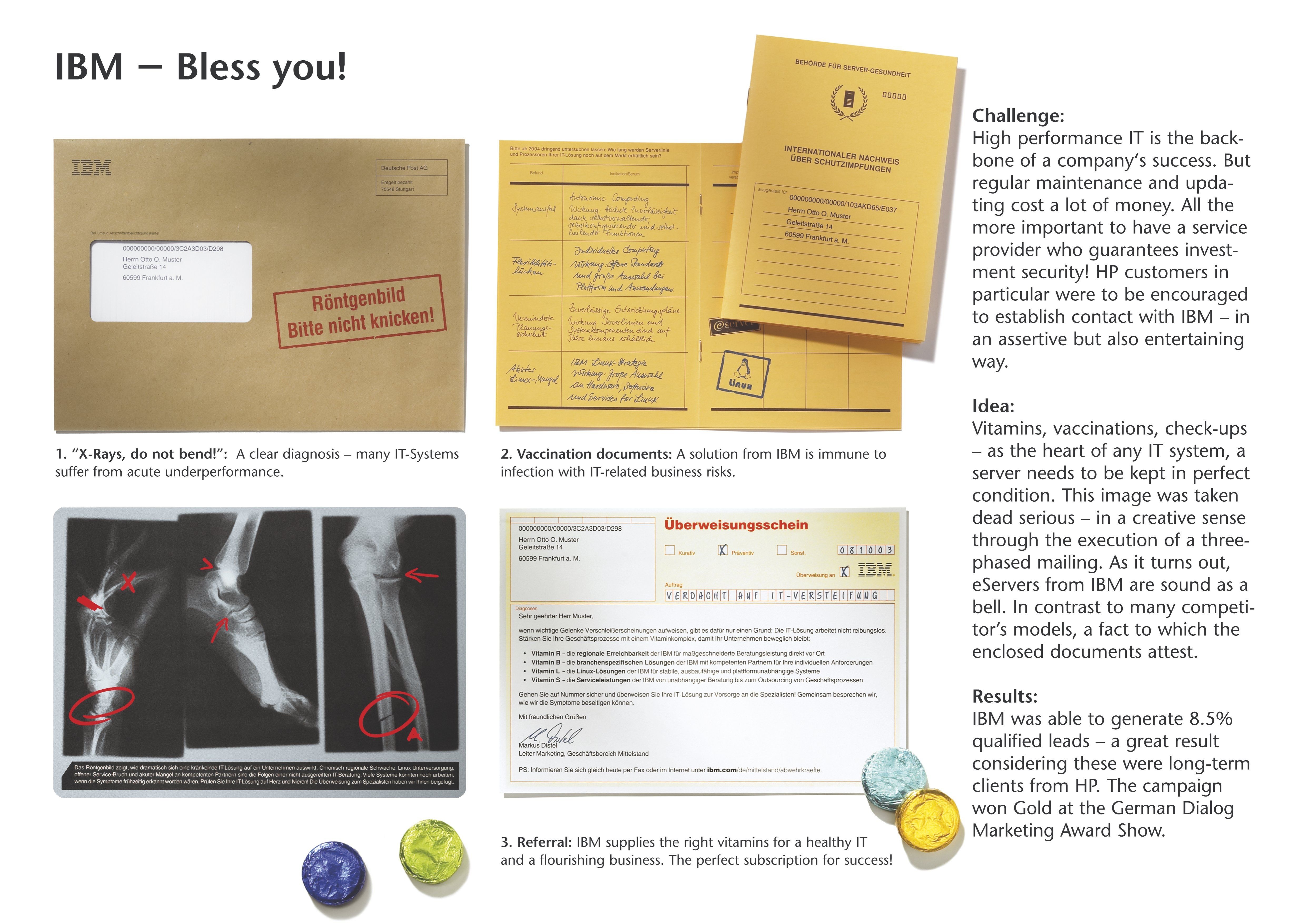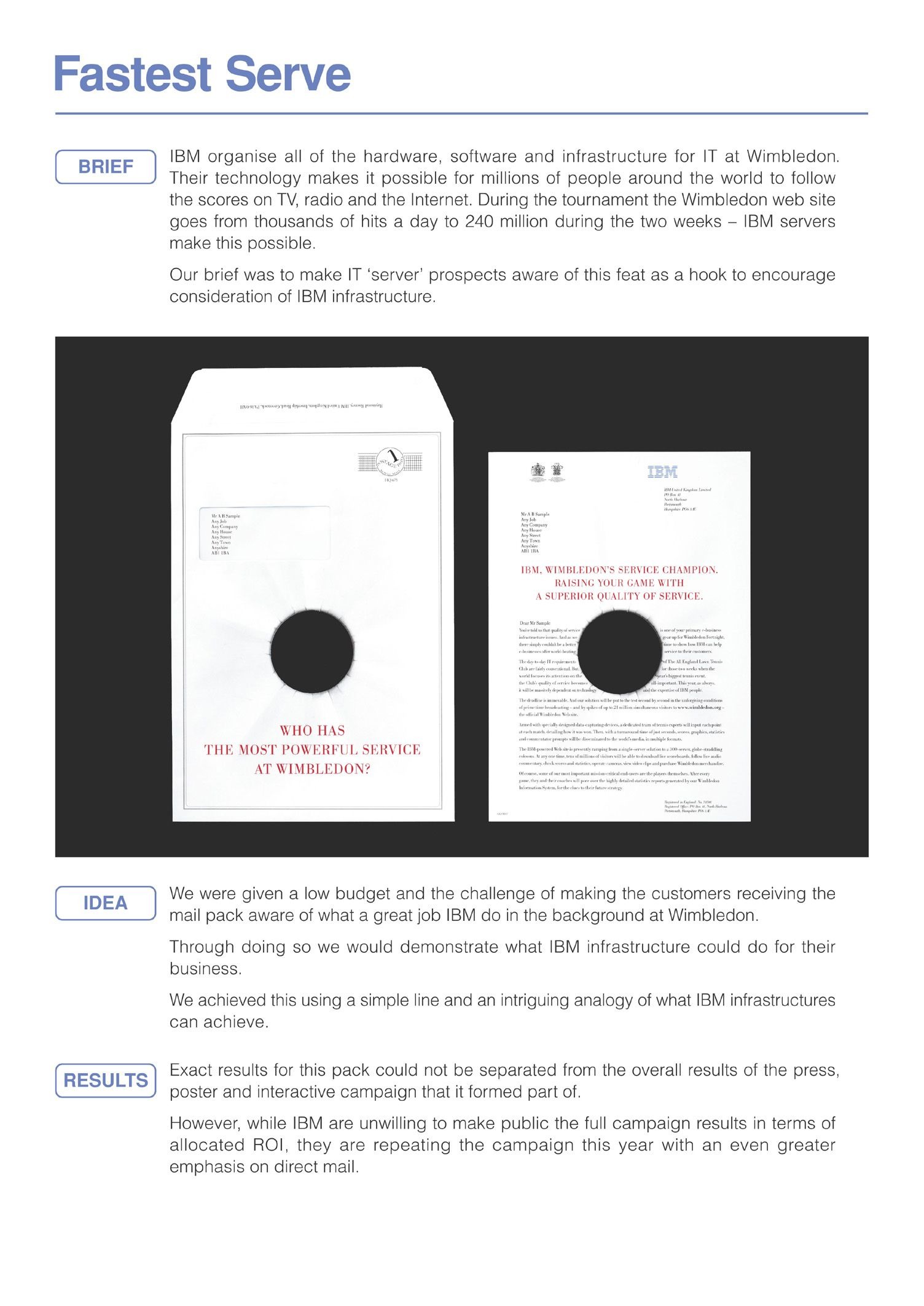Cannes Lions
A BOY AND HIS ATOM: THE WORLD'S SMALLEST MOVIE
OGILVY & MATHER, New York / IBM / 2013
Overview
Entries
Credits
Overview
Description
This is, literally, the world’s smallest movie. It’s made of atoms — one of the smallest particles of any element in the universe. Just how small is an atom? Well, to see one, you need to magnify it 100 million times. In other words, there are about a five million atoms in the period at the end of this sentence. Each frame of this film was made by moving hundreds of atoms to their exact placements by the scientists at IBM Research — Almaden. The frames were combined into an animation, now the Guinness World Records ™ record holder for World’s Smallest Stop-Motion Film, that tells the story of a boy and a wayward atom who meet and become friends.
Execution
Imagine you are a giant in space and you have the planet earth between your hands like a basketball. Imagine that with a very sharp and long needle you move a golf ball lying on a New York street, just a tiny bit. Now imagine that you take a picture then you move the golf ball to a different position and take another picture. That's the scale of moving atoms to create a stop-motion film.
Creating the atom short film was a beautiful challenge. The most basic obstacle was to establish a common language that could be used across all the different teams, the director, the animators, the producers and the scientists. This required much studying of the IBM Scientists' process and the science behind what they do in the lab.
We learned that the basic tool of the project was the scanning tunneling microscope, a tool developed by IBM scientists that allows them to get an accurate picture of the atoms lying on a surface. This is done by measuring the electric charge along a surface, resulting is a 3D picture showing actual atoms. We learned that the scientists could move individual atoms from position A to position B, one by one. This handmade process compromised the amount of pixels we could move in every frame. We settled on 5,000 operations, or atom moves. Then we leaned that the atoms could only be positioned in a hexagonal grid, which also greatly influenced the design process. We had to create highly economic shapes, almost like icons. With this information, we worked on a script that could be universally understood, and we drew several storyboards until we reached the perfect balance between economic design, fluid animation and storytelling, all within 5,000 atom moves.
Then we created an animatic and wrote software to translate this video file to the system the scientists currently use in the lab. Our software allowed the scientist to have an accurate reference of the atoms and their positions in every frame. Then they underwent the painstaking task of moving each of the carbon monoxide molecules (two atoms stacked on top of each other) to the right positions after incorporating an extremely complicated process to clean the cooper surface of all impurities.
The scientists scanned every frame of the film the same way stop motion animators take pictures. The resulting exported files were compiled, then sequenced. No composition or post production work was added, except for repeating the frames that created loops in some parts of the film and adjusting the contrast of the image.
The final result is the smallest movie ever created and certainly the smallest that can be created — beyond the atomic scale, the world gets too unstable for stop motion animation.
Similar Campaigns
12 items










